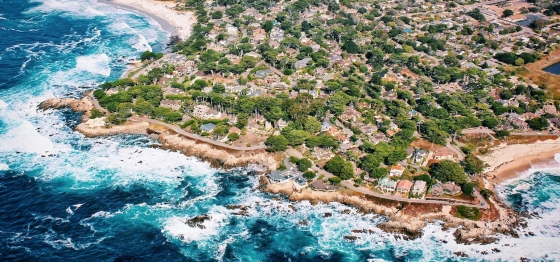Lindbergh Bay Climate by Month
Lindbergh Bay has relatively stable weather with warm temperatures.
It also has a relatively rainy climate with high levels of precipitation.
Now, let’s explore all the climate details to give you a full picture.
Average day and night temperature
With minimal seasonal shifts, Lindbergh Bay experiences a constant climate year-round. On average, daytime temperatures range from a comfortable 30°C in August to a comfortable 27°C in February. Nighttime temperatures can drop, with averages reaching 24°C in February.
The mean minimum and maximum temperatures throughout the year
Precipitation and rainy days
Lindbergh Bay has a notably wet climate with abundant precipitation, recording 1006 mm of rainfall per year. The seasons in Lindbergh Bay, bring significant changes in precipitation. The wettest month, September, receives high rainfall, with an average of 148 mm of precipitation. This rainfall is distributed across 18 rainy days. In contrast, the driest month, March, experiences much less rainfall, totaling 33 mm over 14 rainy days. These distinct seasonal differences provide diverse experiences throughout the year.The mean monthly precipitation over the year, including rain, hail and snow
The best time of year to visit Lindbergh Bay in US Virgin Islands
The best time to visit is during the drier months: January, February, March and April.Other facts from our historical weather data:
August has an average maximum temperature of 30°C and is the warmest month of the year.
The coldest month is February with an average maximum temperature of 27°C.
September tops the wettest month list with 148 mm of rainfall.
March is the driest month with 33 mm of precipitation.
No idea where to travel to this year? We have a tool that recommends destinations based on your ideal conditions. Find out where to go with our weather planner.




